Hot pot, a beloved Chinese culinary tradition, has a history spanning over a thousand years. Known for its communal nature, diverse ingredients, and unique cooking style, hot pot is more than just a meal—it's a cultural experience. Whether enjoyed with family, friends, or colleagues, hot pot brings people together around a shared table. The bubbling broth, fresh ingredients, and interactive cooking process create a festive and intimate dining experience. This article delves into the origins, types, ingredients, and cultural significance of hot pot, as well as its global popularity.
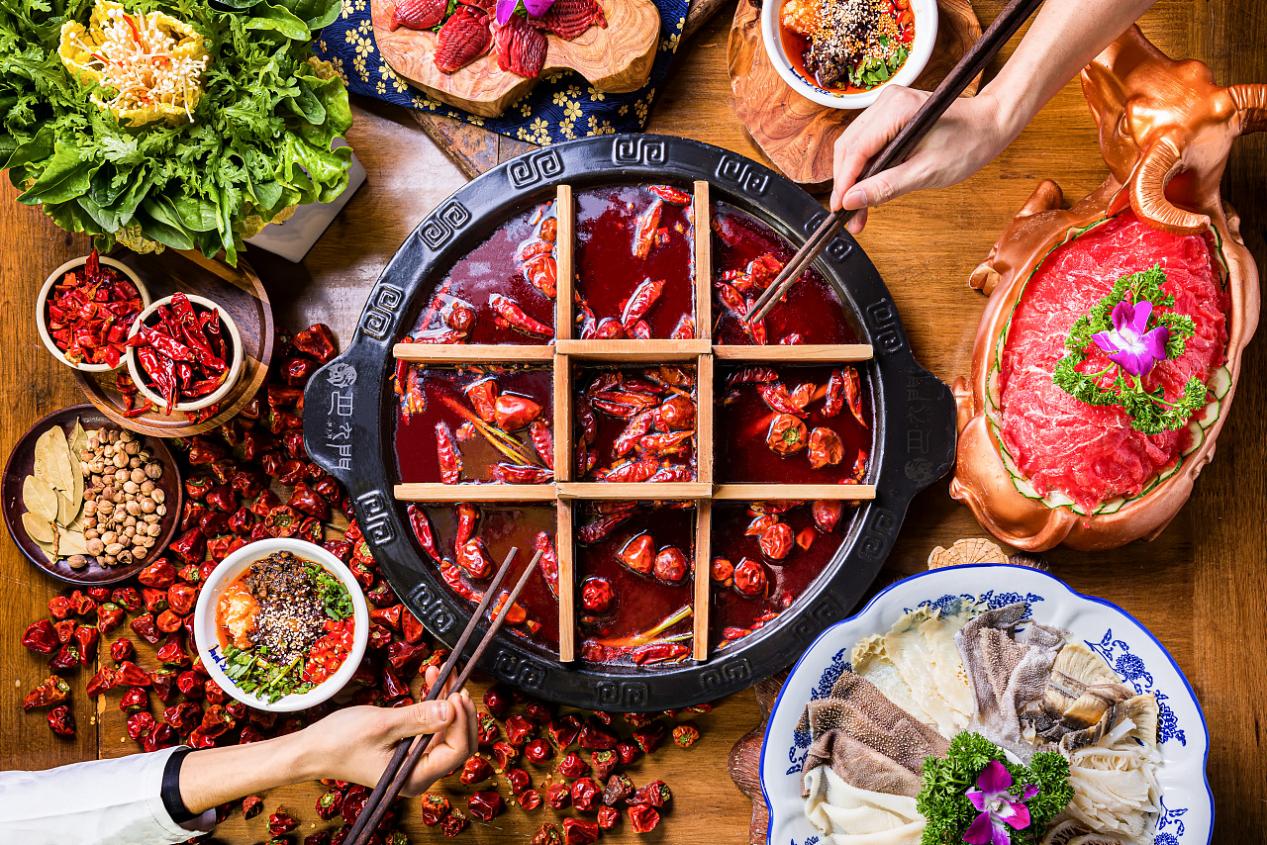
1. The Origins and History of Hot Pot
Hot pot's roots can be traced back to ancient China, with some evidence suggesting it began during the Warring States period (475–221 BC). Early forms of hot pot involved simple cooking techniques, where food was boiled in a pot over an open fire. It was initially a practical method for keeping food warm during the colder months, particularly in northern China. By the time of the Han and Tang dynasties, the concept of communal eating around a central pot began to emerge.
In the Song Dynasty (960–1279 AD), hot pot became more widespread and was associated with celebratory occasions and gatherings. Different regions began to develop their own versions of hot pot, incorporating local ingredients and broths, contributing to the diverse hot pot styles we see today. During the Qing Dynasty (1644–1912 AD), hot pot reached new heights of popularity, particularly in Beijing, where it became a favorite of emperors and the aristocracy.
2. Types of Hot Pot
Hot pot has evolved into many regional styles across China, each with its own distinctive characteristics. Some of the most popular types include:
- Sichuan Hot Pot: Perhaps the most famous of all, Sichuan hot pot is known for its fiery, spicy broth infused with chili peppers and numbing Sichuan peppercorns. The intense flavors are balanced with a variety of dipping sauces that temper the heat. Sichuan hot pot is perfect for those who enjoy bold, mouth-tingling flavors.
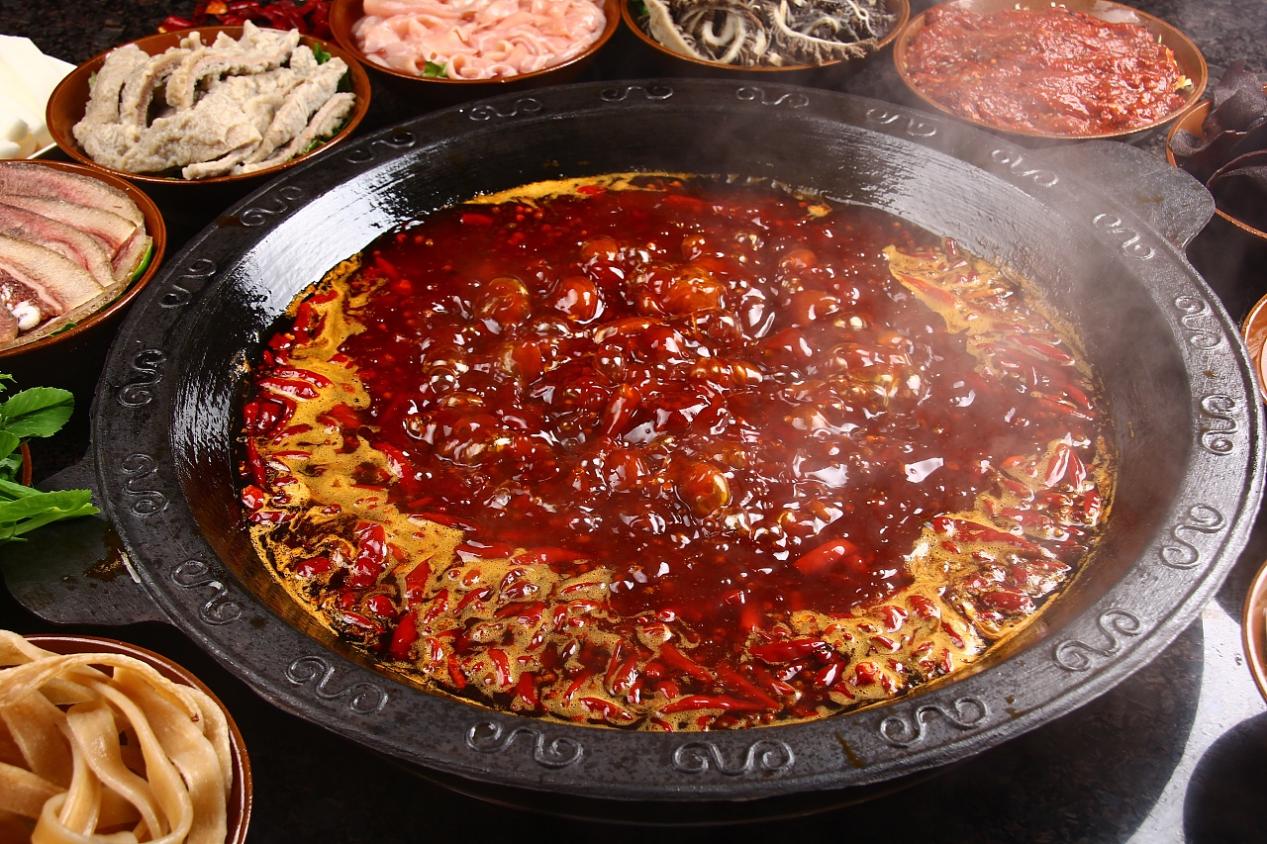
- Cantonese Hot Pot: Also known as "da bin lou," Cantonese hot pot is lighter and more focused on fresh, high-quality ingredients. The broth is usually clear and mild, often made from chicken or pork bones. Seafood, thinly sliced meats, and vegetables are the star of the show in Cantonese hot pot.
- Beijing Lamb Hot Pot: Popular in northern China, especially in Beijing, this hot pot style uses a light, savory broth, typically made from mutton bones. The centerpiece of the meal is lamb, which is thinly sliced and cooked quickly in the boiling broth. A sesame-based dipping sauce complements the tender meat.
- Yunnan Wild Mushroom Hot Pot: In the southwestern province of Yunnan, mushrooms play a central role in hot pot. The rich, earthy flavors of various wild mushrooms make the broth particularly aromatic and flavorful. This type of hot pot is often considered a more delicate and health-oriented option.
- Shabu-Shabu: Originating in Japan but influenced by Chinese hot pot, shabu-shabu features a simple, often unseasoned broth, allowing the natural flavors of the ingredients—especially the meat and vegetables—to shine. It's a lighter, more subtle hot pot experience.
3. Ingredients and Broths
One of the hallmarks of hot pot is the variety of ingredients that diners can cook in the bubbling broth. A typical hot pot meal includes:
- Meats: Thinly sliced beef, lamb, pork, and sometimes seafood like shrimp, squid, or fish fillets.
- Vegetables: Leafy greens (bok choy, spinach), root vegetables (potatoes, taro), mushrooms, and tofu.
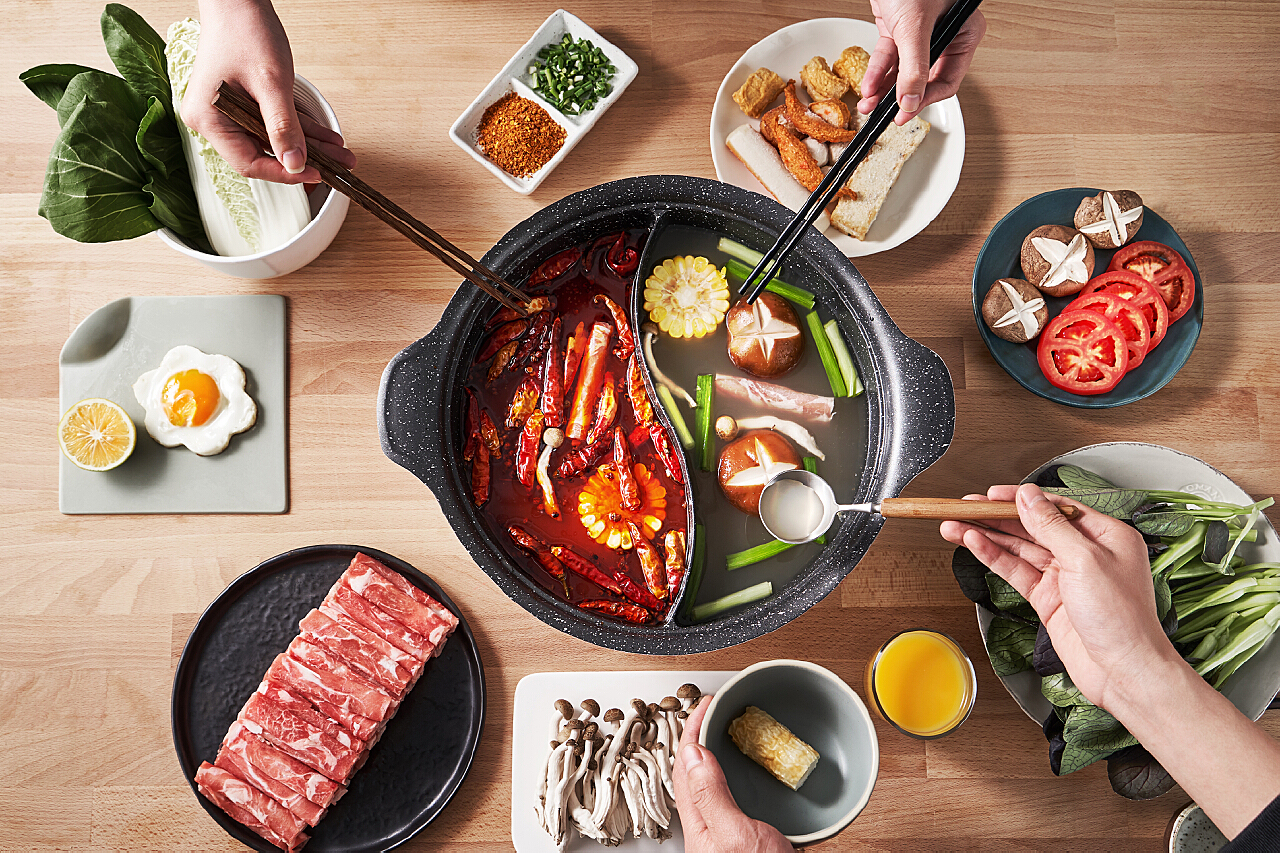
- Noodles: Glass noodles, udon, and vermicelli are popular choices that soak up the rich flavors of the broth.
- Seafood: Prawns, scallops, fish balls, and even crabs or lobsters in some variations.
- Dumplings and Meatballs: Pork, fish, or beef dumplings, and homemade meatballs often enhance the texture of the meal.
The broth itself is just as important as the ingredients. It can range from a simple, clear soup to a rich, complex mixture of spices and herbs. Popular broths include:
- Spicy Broth: Common in Sichuan hot pot, made with chilies, garlic, and Sichuan peppercorns.
- Bone Broth: A mild and nutritious option, often made by simmering pork or beef bones for hours.
- Mushroom Broth: Infused with the umami flavors of mushrooms, popular in vegetarian and health-conscious hot pots.
- Tomato Broth: A tangy, slightly sweet option that is growing in popularity, particularly in southern China.
4. The Communal Experience
What truly sets hot pot apart from other forms of dining is its communal and interactive nature. Diners sit around a central pot, cooking their own food to their preferred level of doneness. This shared experience fosters conversation and bonding, making hot pot a popular choice for family gatherings, reunions, and celebrations.
Hot pot is often associated with cold weather, as the warmth of the pot and the spicy broth provide comfort during chilly months. However, it is enjoyed year-round, especially during holidays like Chinese New Year, when families come together to celebrate and feast.
5. Hot Pot Culture and Etiquette
While hot pot is a casual and fun dining experience, there are certain customs and etiquettes associated with it:
- Sharing and Serving: It is common to serve others before serving yourself, symbolizing respect and generosity.
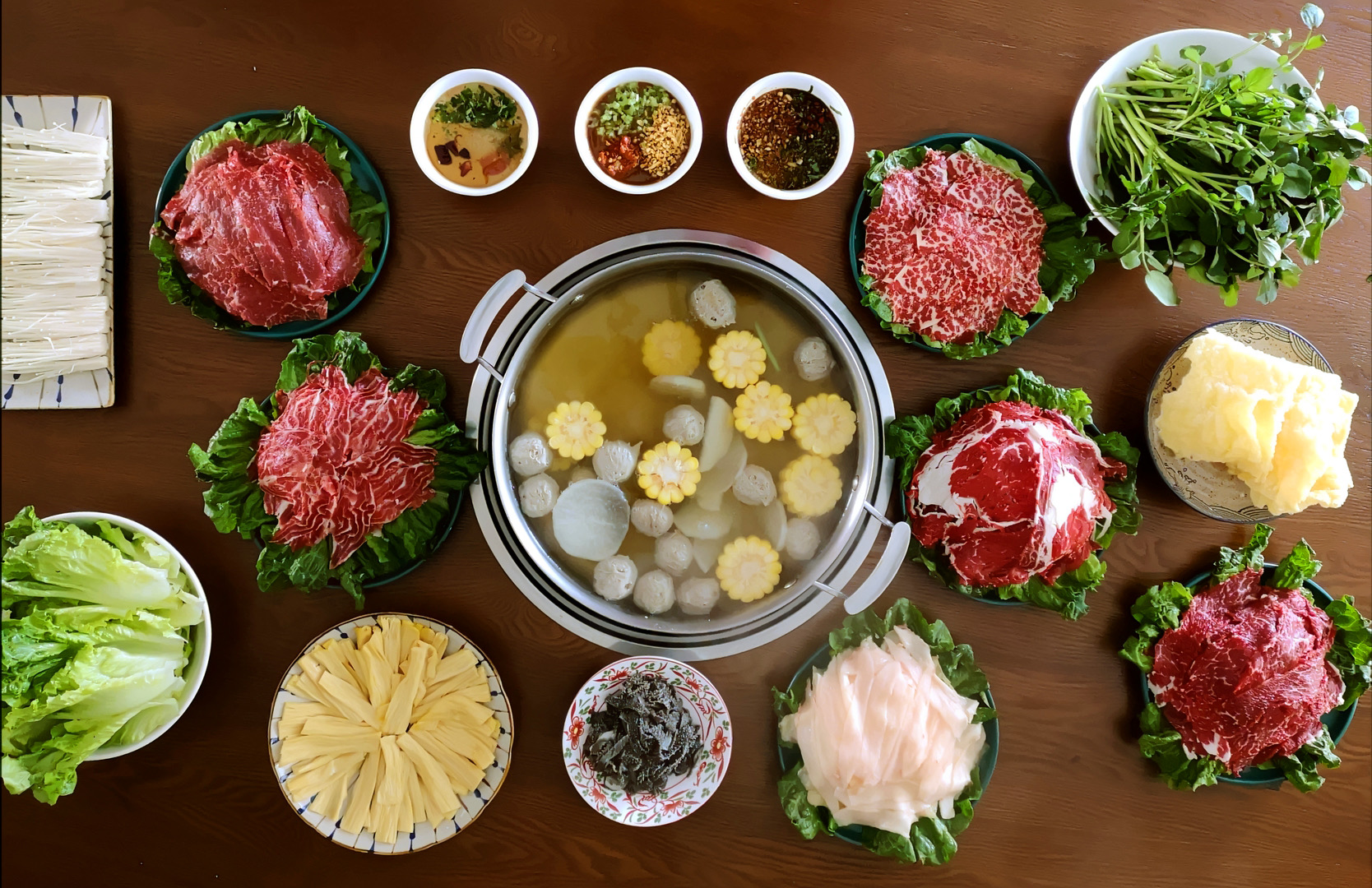
- Cooking Order: Meats usually go into the pot first, as they cook quickly, followed by vegetables, mushrooms, and noodles. Delicate items like seafood or leafy greens should be cooked briefly to maintain their texture.
- Dipping Sauces: In many hot pot styles, diners create their own dipping sauces from a selection of ingredients like sesame paste, soy sauce, garlic, chili oil, and cilantro. The sauce enhances the flavor of the cooked food and balances the intensity of the broth.
6. Global Popularity and Modern Variations
In recent decades, hot pot has spread beyond China, becoming a global sensation. It is now enjoyed in various forms across Asia, including Japan, Korea, Thailand, and Vietnam, each adding their own twist to the hot pot tradition.
In cities around the world, hot pot restaurants have gained popularity, offering diners a chance to experience this unique form of communal eating. Many modern hot pot restaurants offer individual pots for each diner, allowing for a more personalized experience. There are also high-tech options where the broth is heated on electric or induction burners embedded in the table.
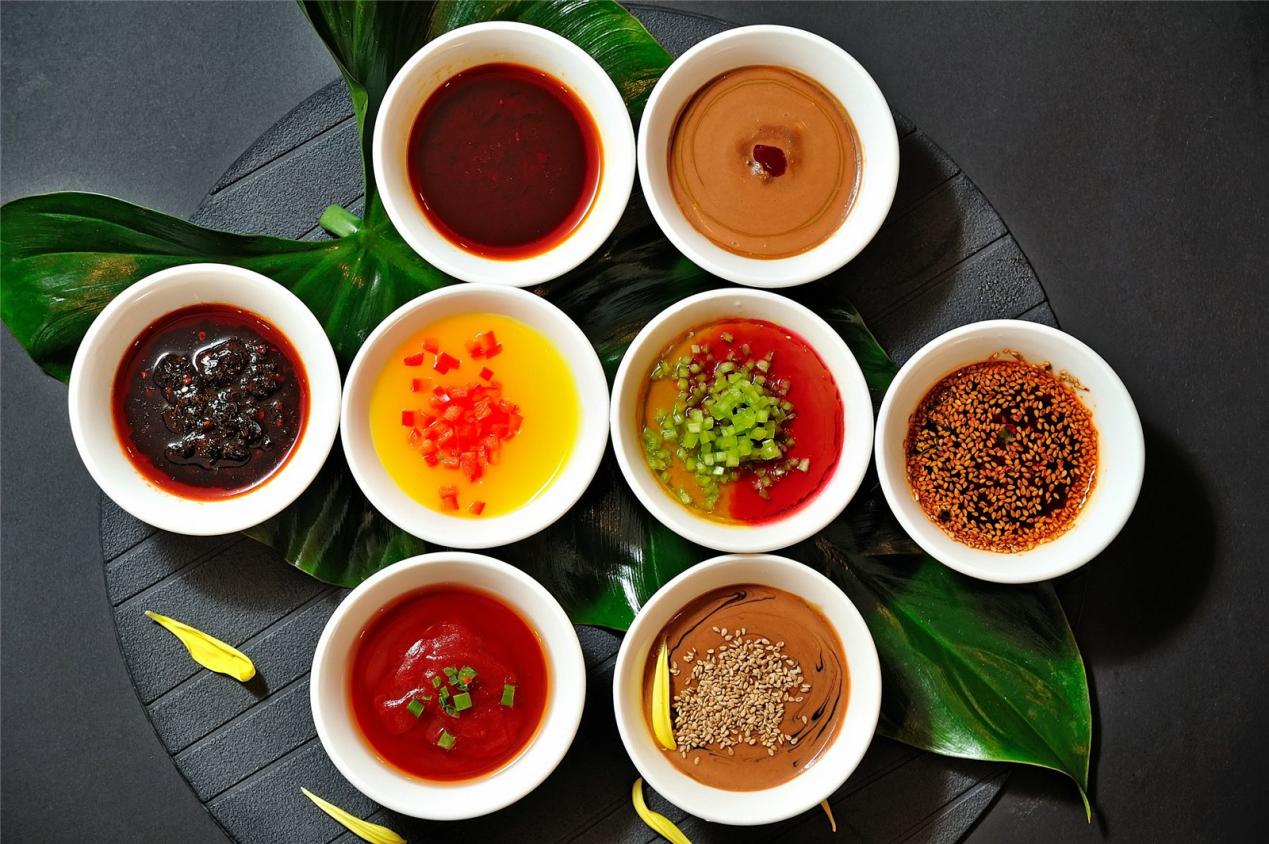
7. Conclusion
Hot pot is more than just a meal—it's a social event that brings people together. With its diverse flavors, endless ingredient combinations, and regional variations, hot pot continues to be a beloved culinary tradition in China and beyond. Its ability to adapt to local tastes while maintaining its core essence makes it a truly global dish. Whether you're enjoying the fiery heat of a Sichuan hot pot, the delicate flavors of a Yunnan mushroom broth, or a light Japanese shabu-shabu, the experience of cooking and sharing a meal together around a hot pot is one that transcends cultures and unites people through food.



